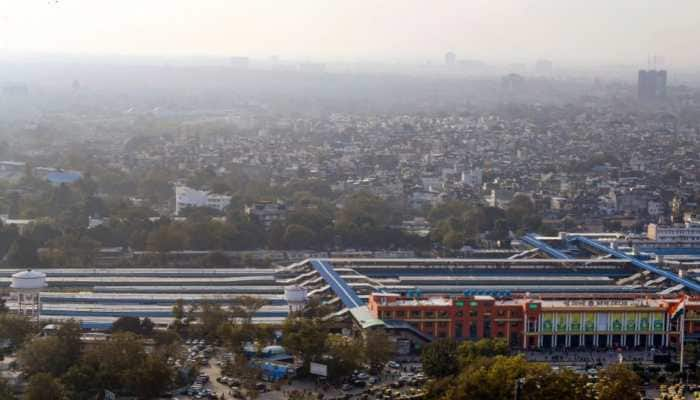The final call: ISRO makes last attempts to connect with Chandrayaan 2's Vikram Lander before Lunar Night falls
Once the Lunar night falls, the lander – which is designed to operate on solar power – will receive no sunlight to generate energy.
Trending Photos
)
As the deadline to re-establish contact with Chandrayaan-2's Vikram Lander looms large, the Indian Space Research Organisation (ISRO) is leaving no stone unturned. The lander's 14-day mission life will end on Saturday, September 21, with the setting in of the Lunar Night.
One Lunar Night is equivalent to 14 earth days. Once it falls, the Lander – which is designed to operate on solar power – will receive no sunlight to generate energy, becoming dormant in the cold terrains of the Moon.
The Vikram Lander, with Moon Rover Pragyan housed inside it, lost communication with the ISRO ground station on September 7 during its final descent on the moon at 2.1 kms above the lunar surface after encountering a hard landing. The 1,471 kg-lander had attemped to land on the Moon's south polar region in a high plain between two craters, Manzinus C and Simpelius N, at a latitude of about 70° south.
The Pragyan Rover is a six-wheeled robotic vehicle and can travel up to 500 m (½-a-km) and leverages solar energy for its functioning. It can only communicate with the Lander.
The ISRO has since then continued to send signals to the lander from its Deep Space Communication Center, without any success. US space agency NASA also tried to contact the lander by activating its deep space network. NASA's Lunar Reconnaissance Orbiter has also not been able to spot the Vikram lander so far.
#VikramLander has been located by the orbiter of #Chandrayaan2, but no communication with it yet.
All possible efforts are being made to establish communication with lander.#ISRO — ISRO (@isro) September 10, 2019
Meanwhile, the Orbiter has responded to every signal sent by ISRO. The mission life of the 2,379 kg Orbiter is one year and it will be placed in a 100X100 km lunar polar orbit. According to ISRO, the performance of all Orbiter payloads is satisfactory and will continue to perform scheduled science experiments.
#Chandrayaan2 Orbiter continues to perform scheduled science experiments to complete satisfaction. More details on https://t.co/Tr9Gx4RUHQ
Meanwhile, the National committee of academicians and ISRO experts is analysing the cause of communication loss with #VikramLander — ISRO (@isro) September 19, 2019
In a statement issued after the loss of Vikram on September 7 while landing on the moon, ISRO said a national committee of academicians and ISRO experts are analysing the cause of communication loss with Vikram.
Space experts told IANS that normally any data loss from a satellite means it suddenly changed its altitude. The loss of communication link means the target/satellite experienced a large angular rotation.
Stay informed on all the latest news, real-time breaking news updates, and follow all the important headlines in india news and world News on Zee News.
Live Tv







)
)
)
)
)
)
)
)
)
)
